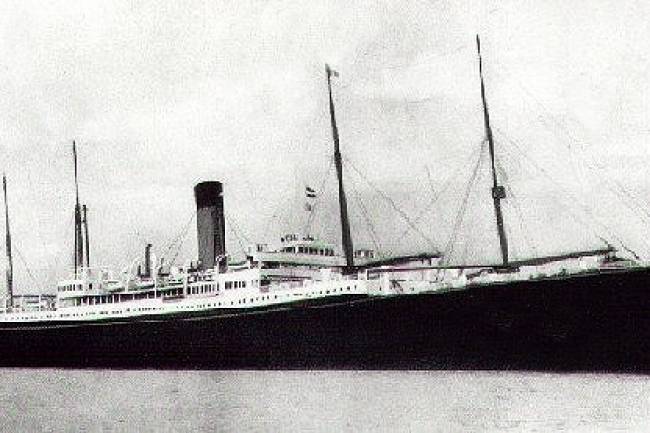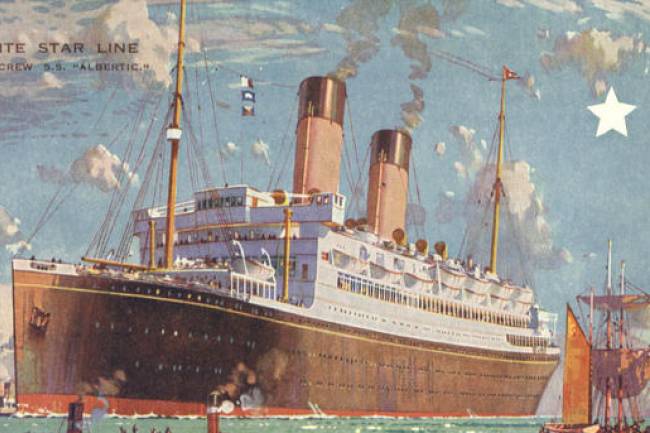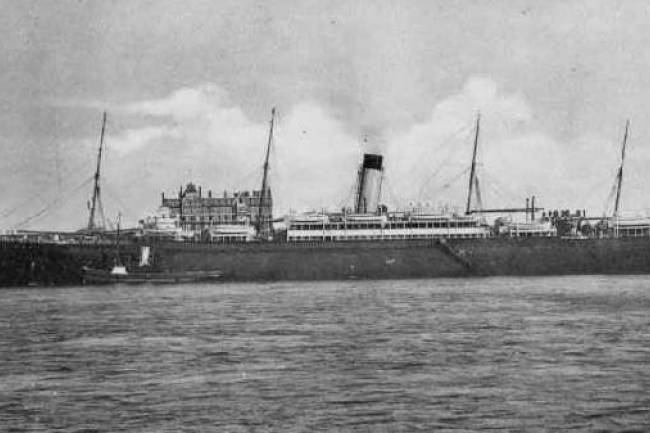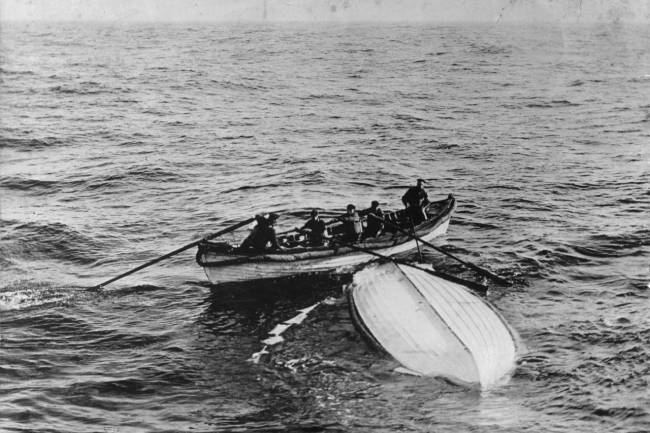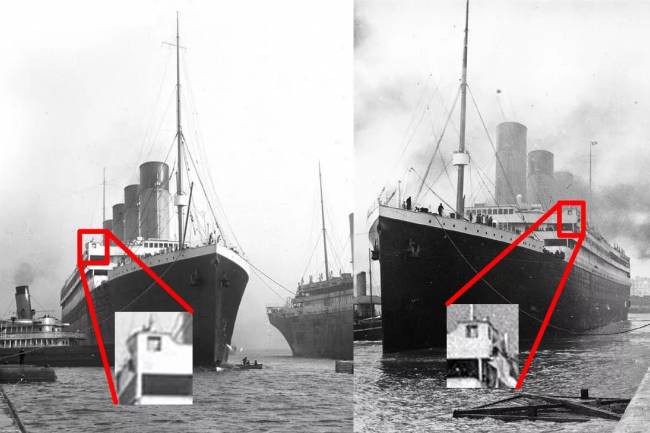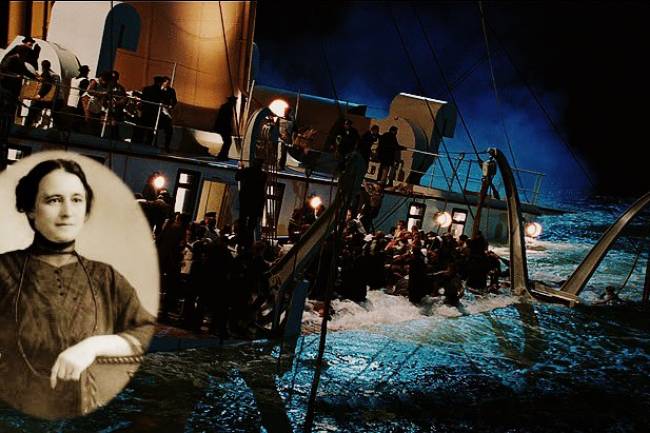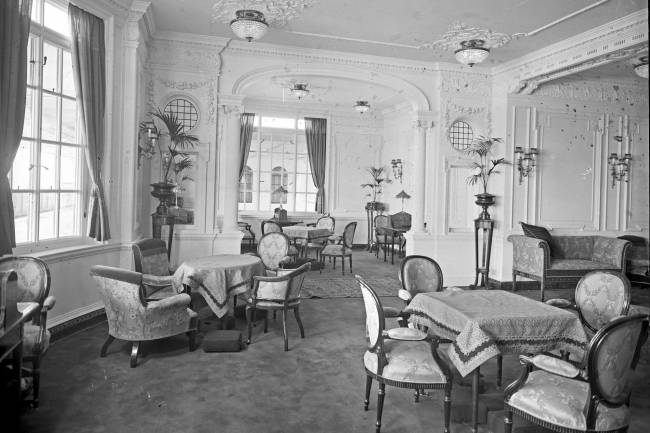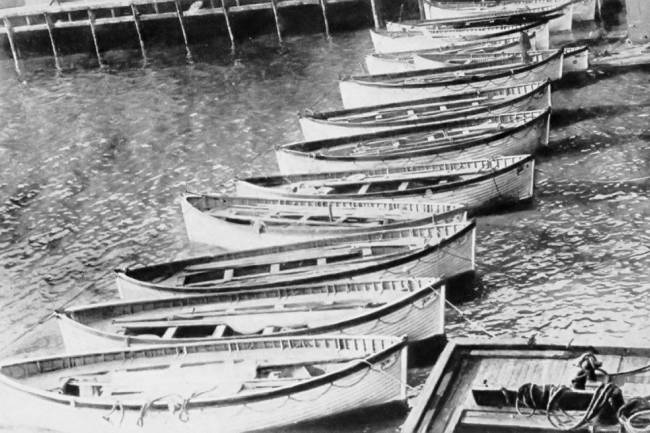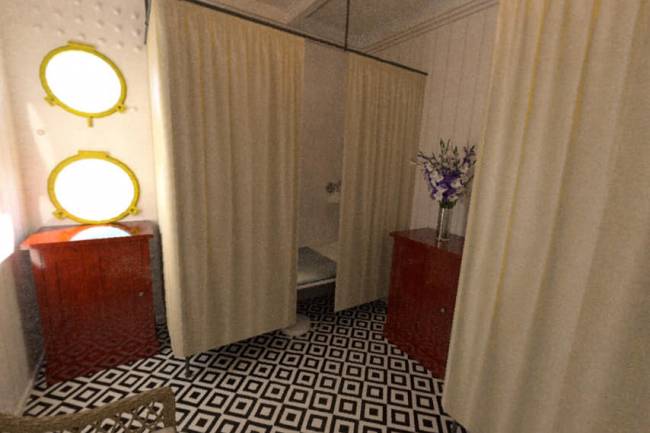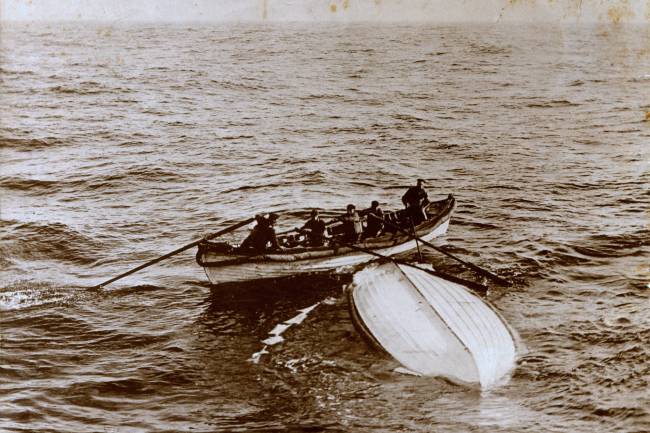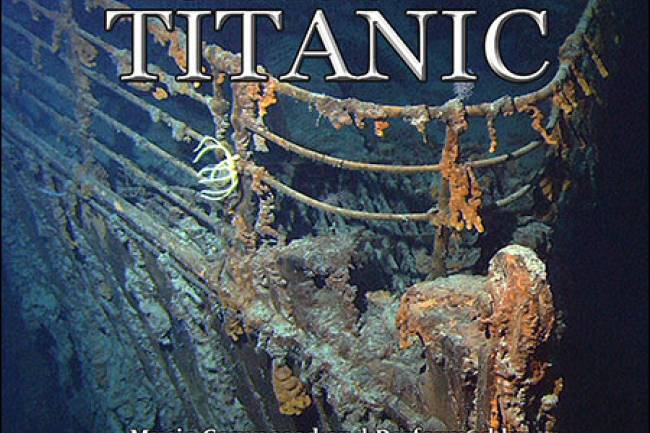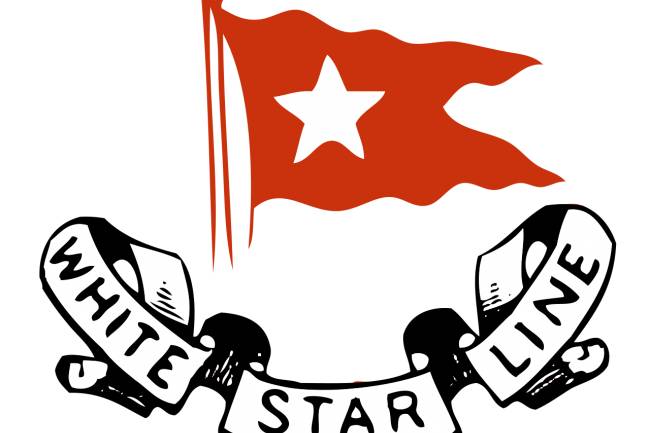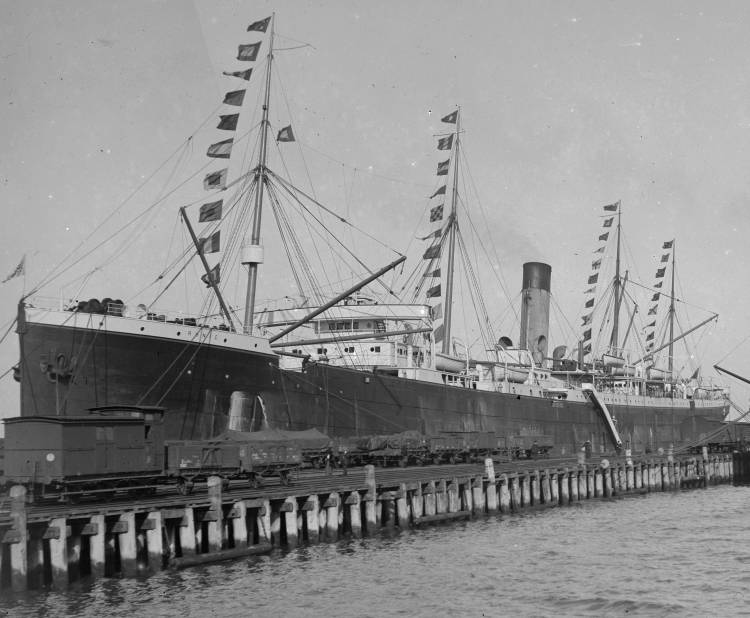
SS Runic (II) (eng)
Statistics
Gross Tonnage - 12,482 tons
Dimensions - 167.69 x 19.3m (550.2 x 63.3ft)
Number of funnels - 1
Number of masts - 4
Construction - Steel
Propulsion - Twin screw
Engines - Two four-cylindered quadruple expansion engines Service speed - 13.5 knots
Builder - Harland & Wolff, Belfast
Launch date - 25 October 1900
Passenger accommodation - 400 'one class'
Details of Career
The Runic was launched on 25 October 1900, followed by its sister ship, the Suevic, in December. It made its maiden voyage, from Liverpool to Sydney, on 19 January 1901. On 25 November the same year it towed a disabled ship, the Dunottar Castle, into Dakar. The Runic continued to operate on the Liverpool-Sydney route, without major incident, until the outbreak of World War I.
It was not until 1917 that the ship was required by the Government under the Liner Requisition Scheme. It served its purpose in this role and then returned to White Star management, and its old route, in 1919. On 3 November 1928 it was involved in a collision with HMS London off Gourock Pier on the Clyde. The Runic suffered stern damage, which was quickly repaired. In July 1930 the ship was sold to Sevilla Whaling Co., London and converted into a whaling factory shop. For this role it was renamed New Sevilla. The following year the ship was sold on to Christian Salversen, but retained its previous name.
The ship was torpedoed on 20 October 1940, whilst travelling from Liverpool to Antarctica, by German submarine U-138. This occurred 30 miles off Malin Head, Galway, Ireland. The ship sank after 20 hours with the loss of two lives. Out of 17 ships in the same convoy as the New Sevilla four were sunk by this submarine.
